Content Delivery Networks (CDNs) enable ultra-fast digital experiences for end users by storing and serving static assets at the network’s edge. These nodes are part of a global content distribution network (CDN) to determine which one in the market is the top CDN company. They can take advantage of their superior network peering capabilities when an end user needs access to a domain outside their local network.
It’s easy to get overwhelmed while deciding which content delivery network (CDN) provider is the best for your needs. In this piece, we’ll discuss how to access CDN services and what to look for.
Characteristics of a Reliable CDN
Let’s start with the essentials of a CDN provider. To make sure that you are making the best use of your CDN capabilities, you must:
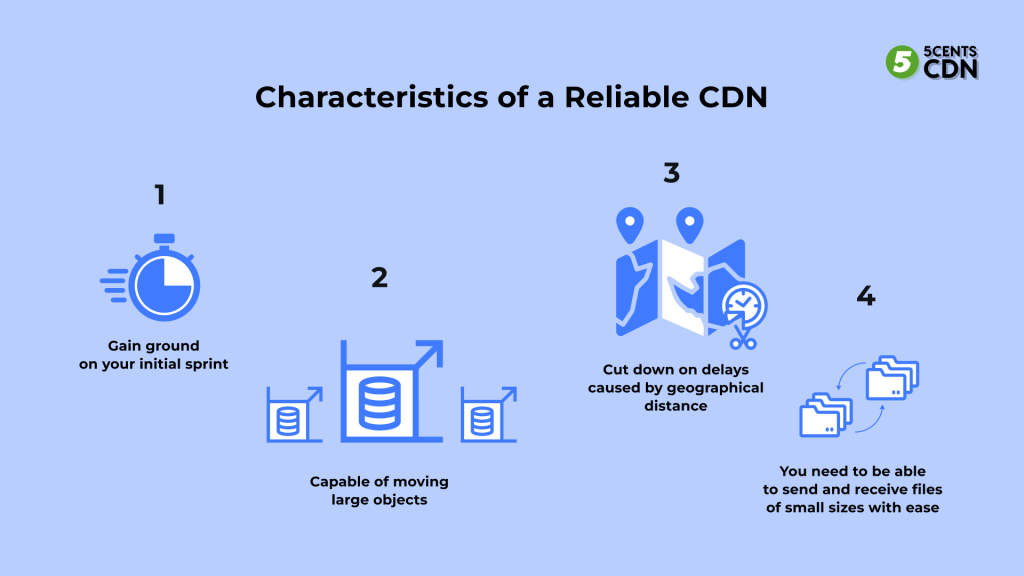
· Gain ground on your initial sprint
· You need to be able to send and receive files of small sizes with ease.
· Capable of moving large objects. Cut down on delays caused by geographical distance
Additional Benefits of Using a CDN
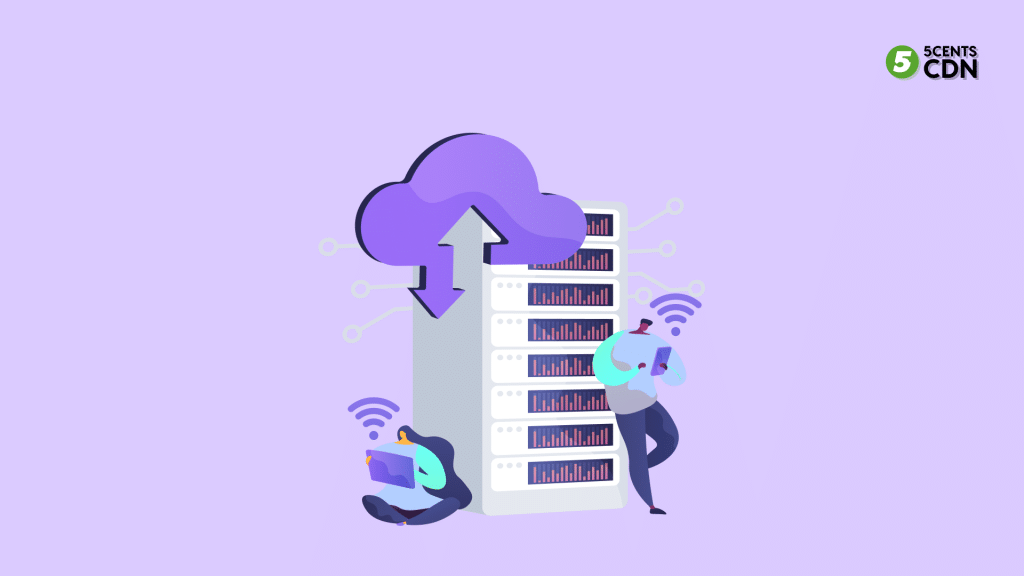
CDNs provide additional benefits beyond web or application acceleration, including the following:
- By outsourcing the management of your static files to a content delivery network (CDN), you can save yourself a lot of resources (both financial and human).
- Know how to get help from your CDN provider during DDoS attacks.
- During peak traffic periods, the CDN service provider provides additional CDN servers.
Key Metrics to Watch For a Top CDN Company
As more and more is expected of websites today, the complexity of the requisite infrastructure has grown. It is not enough to choose a content delivery network (CDN) service that seems faster or more widely available. We’ll go over some of the most vital questions you should ask a potential CDN service below as part of your due diligence. The following are the things that can make a platform one of the leading ones within the industry.
1. DNS Response Time
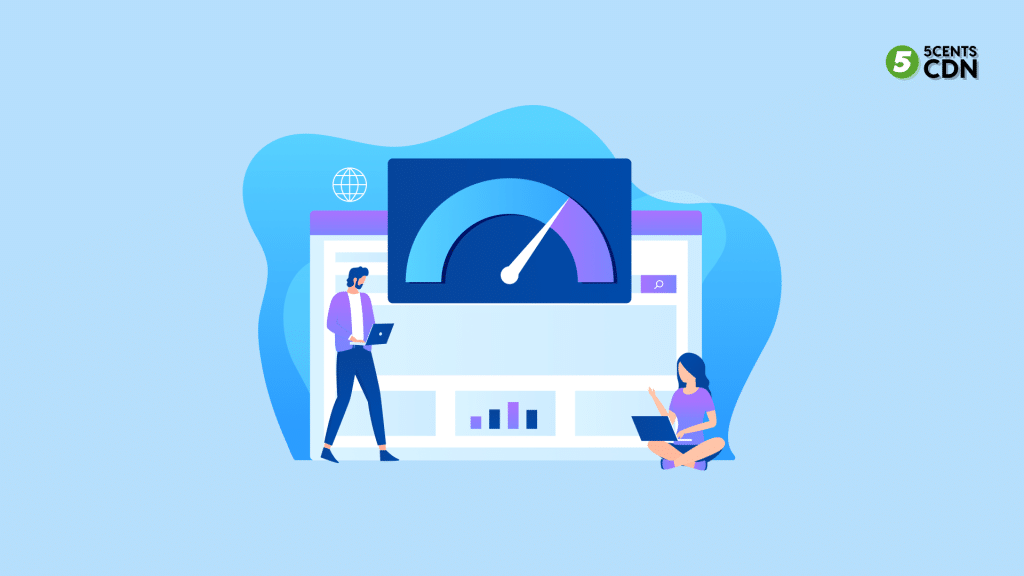
Some CDN providers’ complex DNS configurations can significantly slow down connections. A slower DNS response time could give the impression of a shorter wait time. We can measure DNS performance in the lab, but the quality of the network and the metrics calculated can impact the results. It is because, while regular internet users rely on the DNS resolvers provided by their internet service providers (ISPs) or public resolvers, the resolvers used for backbone monitoring must be relatively close to the testing machine.
2. Connect Time
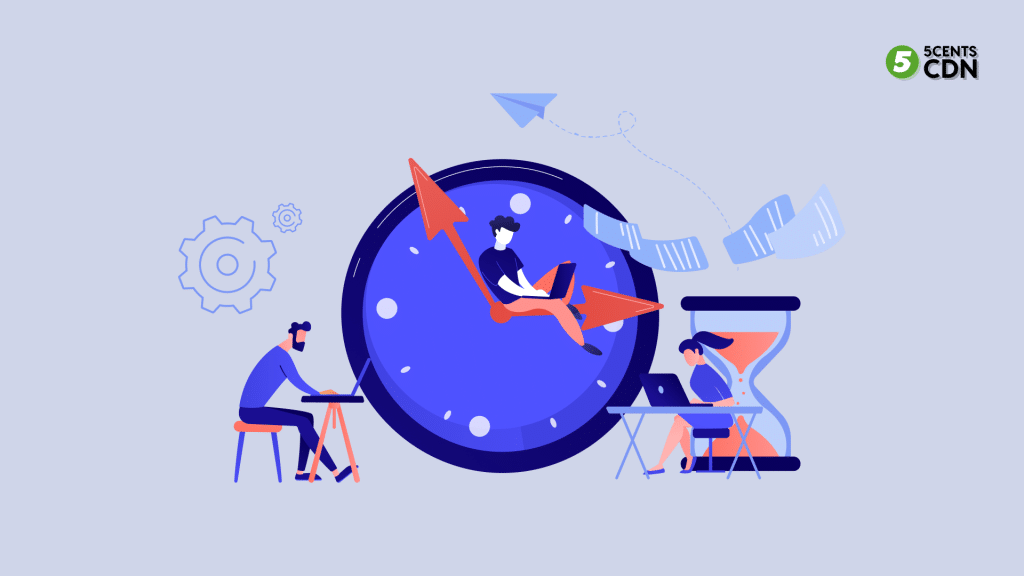
It is necessary to check the different connection times to ensure being a top CDN company and guarantee that your CDN has good network connectivity, low latency, and no packet loss. See whether you’re connected to the correct peering network and check that the connection speed doesn’t drop during peak hours. There is no point in using a CDN that does not peer directly with a provider like Verizon FIOS if a user is connected through that provider.
3. Wait Time
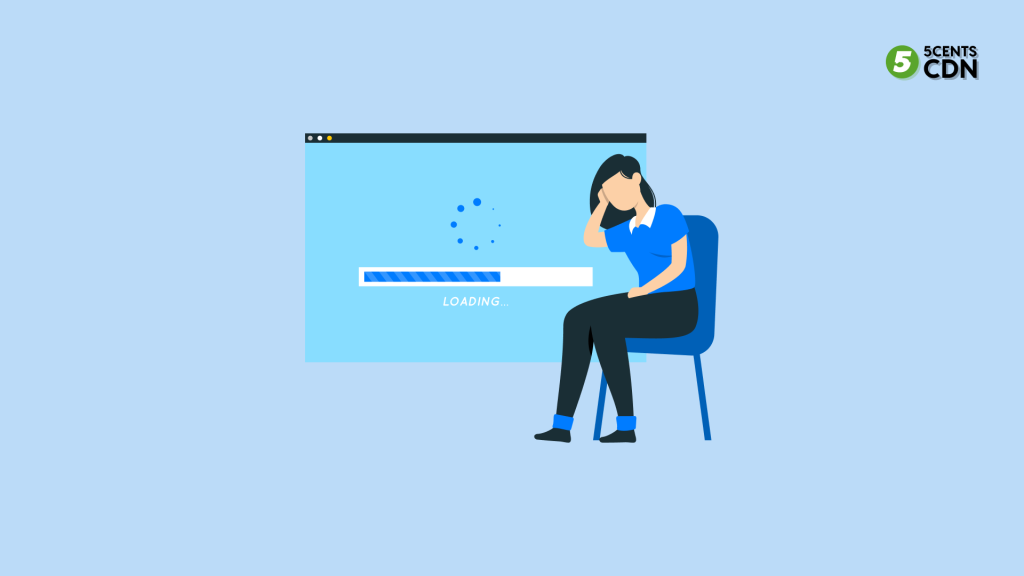
The provider’s CDN network or your origin server’s configuration may be at fault if the Wait Time is abnormally high. The latency between your browser and the server can reveal whether your content is being delivered from the edge of the origin.
You should be able to get your edge content if you’re willing to pay for it. However, CDNs provide varying degrees of performance for static assets that have been requested 100,000 times or more in the previous hour and are thus considered “hot.” Why? Since a top CDN company is where infrastructure works together, the most popular files need to be delivered as quickly as possible.
4. Traceroute
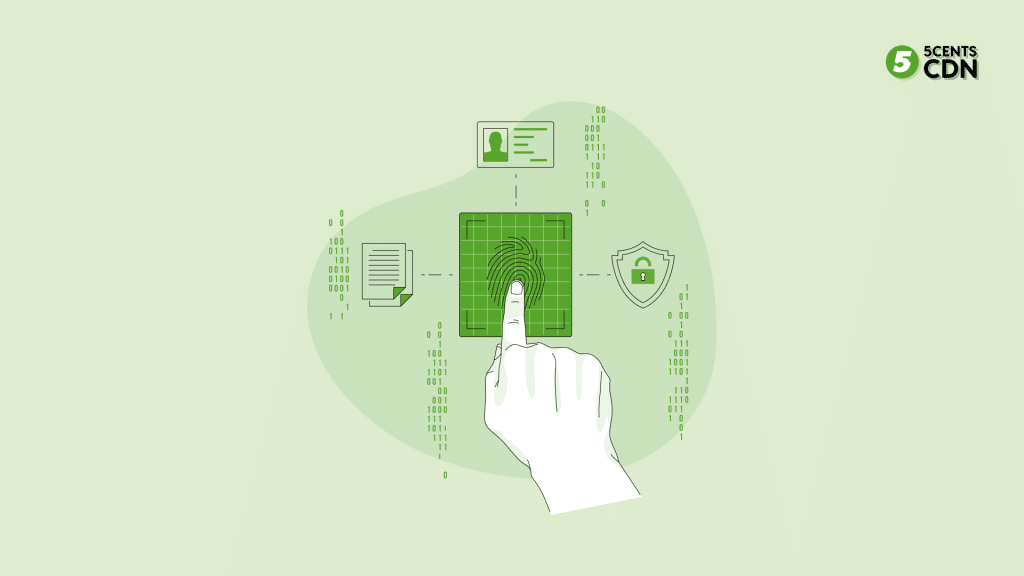
Even though many CDNs use commercial geo-mapping databases to place users in the correct regions, IP address errors can cause problems. To make sure you haven’t been incorrectly mapped, run a traceroute from the location from which monitoring is being done. Something is wrong if a Los Angeles-based user performs a traceroute and discovers that their content delivery network (CDN) is forwarding requests to the United Kingdom.
5. Cache Hit or Miss Ratio
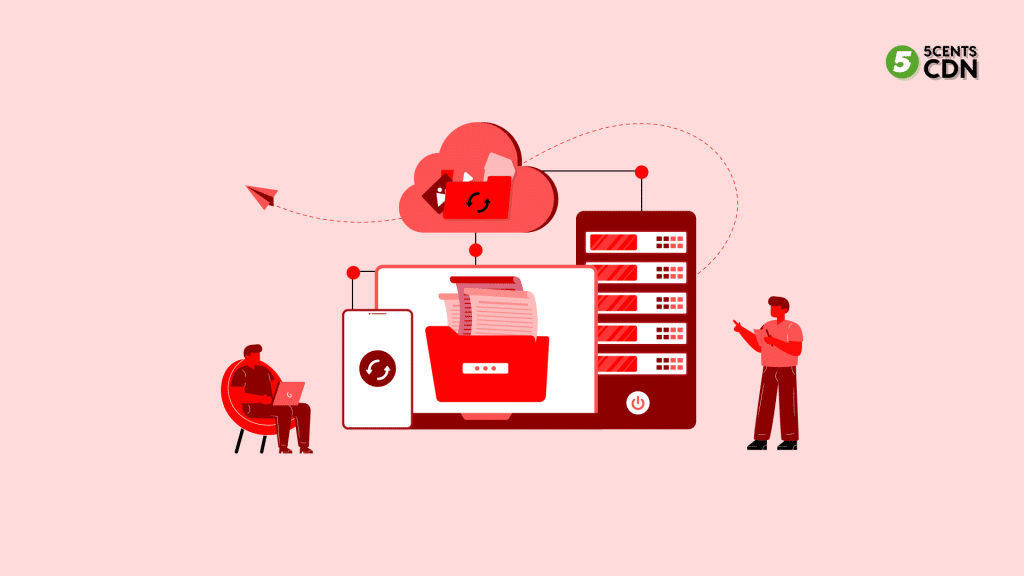
Cache Hit / Miss Ratio should be monitored using the control panel made available to you by most CDNs. Keep track of the number of times a CDN hops back to the source. The origin should not be visited too frequently by a good CDN architecture.
Below are a few other good-to-know metrics to use when comparing CDN providers.
- It’s time to delete some files from the far side of the stack.
- Save yourself some time and load a file to the rim
- The moment of action has arrived
Key Questions to Answer
After gathering information on the key metrics mentioned earlier in this article, the next step is to have your IT Ops team answer a few simple questions:
· To what extent can the CDN boost efficiency in crucial markets?
· How much of an efficiency boost can we expect?
· How does the CDN service provider deal with public name resolvers?
· How reliable are the CDN’s performance indicators (DNS, Connect, Wait, and Response times)?
· Can we expect a rise in sales with the help of this CDN provider?
Wrapping Up
Having learned what is needed to be a top CDN Company in the market, you can shift your attention to enhancing content delivery to users while the provider handles static asset management. Choosing a content delivery network (CDN) and signing up for their service is only the beginning of the arduous process.